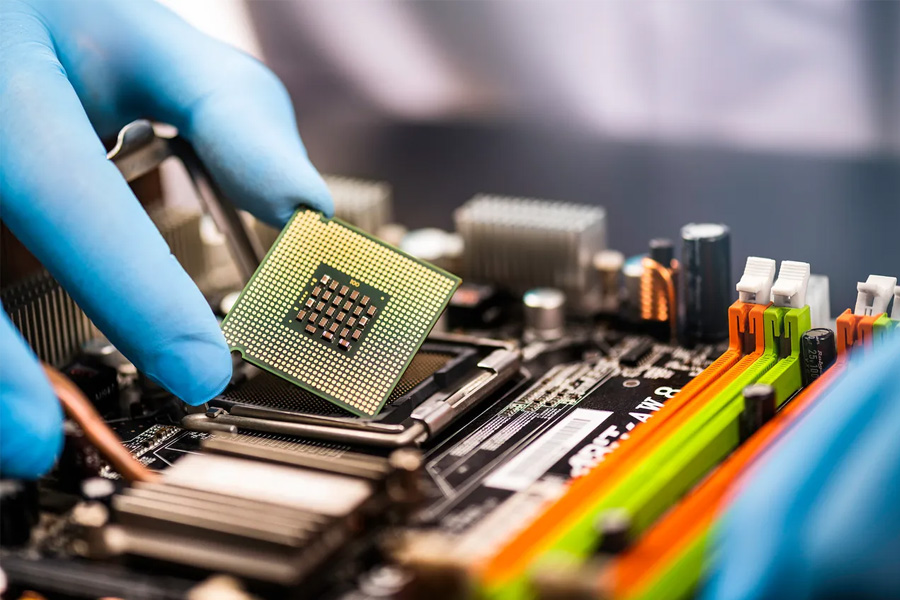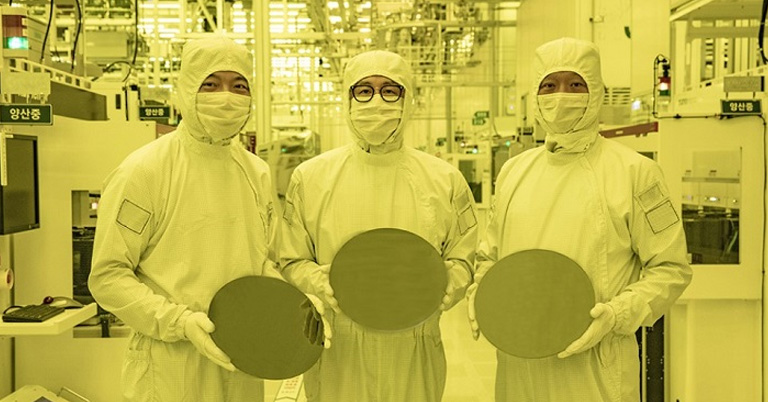Samsung has acquired ASML's advanced TWINSCAN EXE:5000 High-NA EUV lithography machine to boost its 2nm chip manufacturing capabilities. This acquisition aims to address yield challenges for the upcoming Exynos 2600 processor.
Samsung's High-NA EUV Acquisition
New Technology

Samsung received the TWINSCAN EXE:5000 High-NA EUV machine on March 15, 2025, at its Hwaseong Campus in South Korea. The advanced lithography equipment comes from ASML, the world's only supplier of EUV machines.
Technical Capabilities
The new machine enables 8nm resolution with a 0.55 numerical aperture. Additionally, it increases transistor density by 2.9x compared to previous EUV systems. The equipment supports single-patterning at 2nm, which reduces manufacturing complexity.
Exynos Chip Challenges
Exynos 2500 Issues
Samsung originally planned to use the Exynos 2500 in the Galaxy S25 series. However, sub-par performance and low 3nm yield rates forced Samsung to exclude it. Instead, the company relied on Qualcomm's Snapdragon 8 Elite for its flagship devices.
Current Yield Problems
February 2025 tests of Samsung's 2nm process showed only a 30% yield, compared to TSMC's 60%. The industry standard requires at least 60-70% yield for mass production. Furthermore, reports from November 2024 suggested the Exynos 2600 could face cancellation due to yields as low as 10-20%.
- Also, read
Potential Benefits for Exynos 2600
Manufacturing Improvements
The High-NA EUV technology can enhance resolution and reduce defects. This could help Samsung reach the 60-70% yield needed to make 2nm production viable. The 2nm process would enable higher transistor density for the Exynos 2600. This could potentially lower power consumption compared to competitors like the Snapdragon 8 Elite 2 and Apple A19, both using TSMC's 3nm N3P node.
Market Position
Samsung currently holds only 8.2% of the foundry market share, compared to TSMC's 67.1%. If Samsung masters 2nm production with this new equipment, it could attract third-party customers and reduce reliance on Qualcomm and TSMC.
Chipset Comparison
- Exynos 2600: 2nm process, ~30% current yield (aiming for 60-70%), Samsung
- Snapdragon 8 Elite 2: 3nm N3P process, ~60%+ yield, TSMC
- Apple A19: 3nm N3P process, ~60%+ yield, TSMC
- Meanwhile, check out our video on OP13 vs Galaxy S25
How did we do with this article?
No Active Polls
There are currently no polls available. Check back later for new polls to participate in!
Conversation
We’d love to hear your thoughts! Let's keep it respectful and on-topic. Any inappropriate remarks may be removed. Happy commenting! Privacy Policy
Be the first to share your thoughts—start the conversation!
Latest Articles
Best Tech Deals
No deals available.
Check back later for exciting deals!
More Articles





